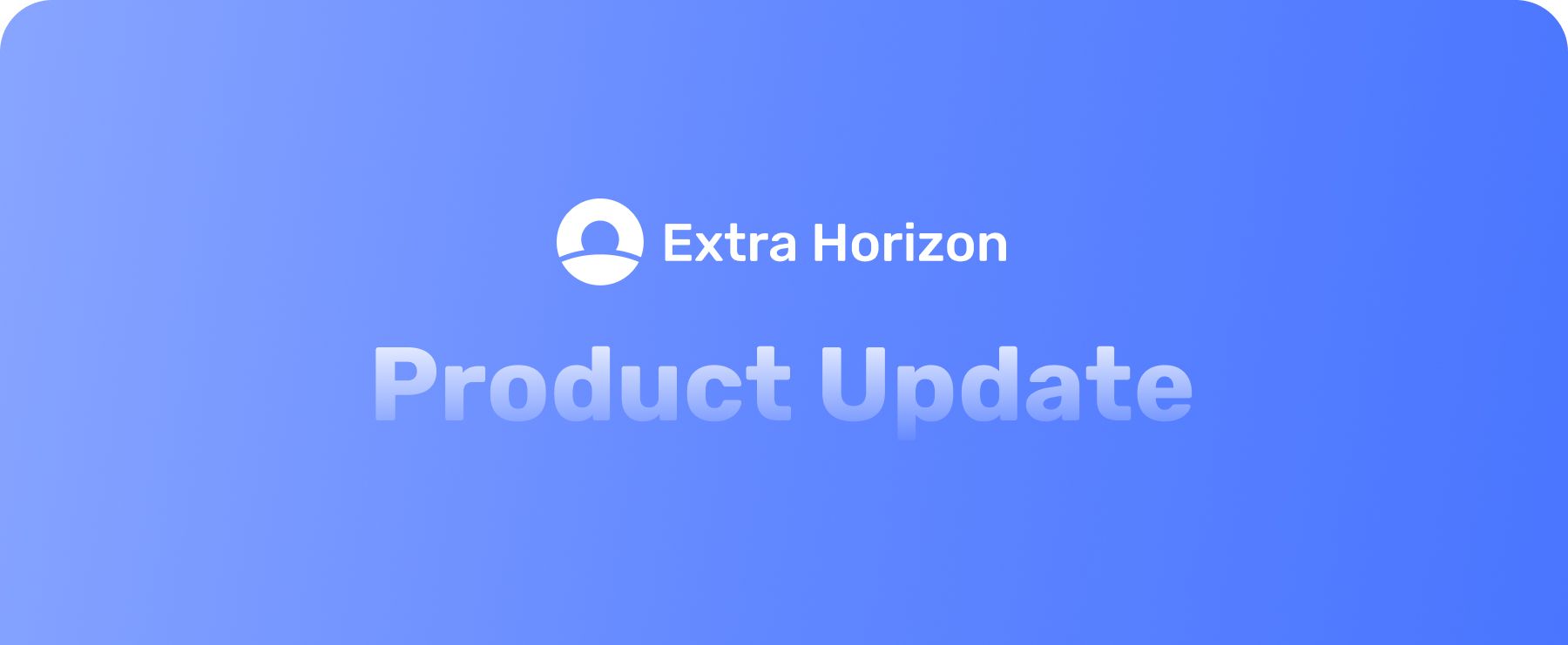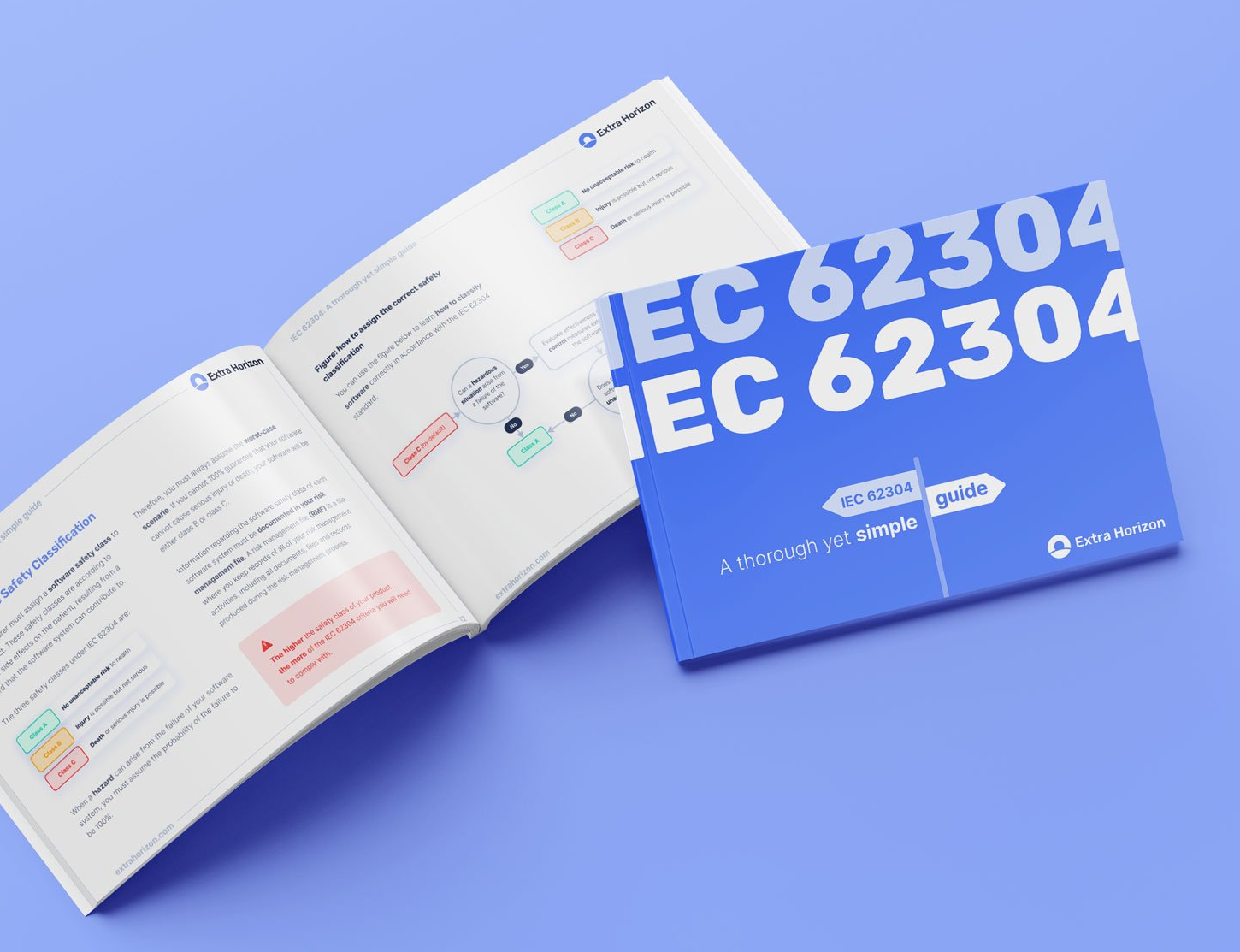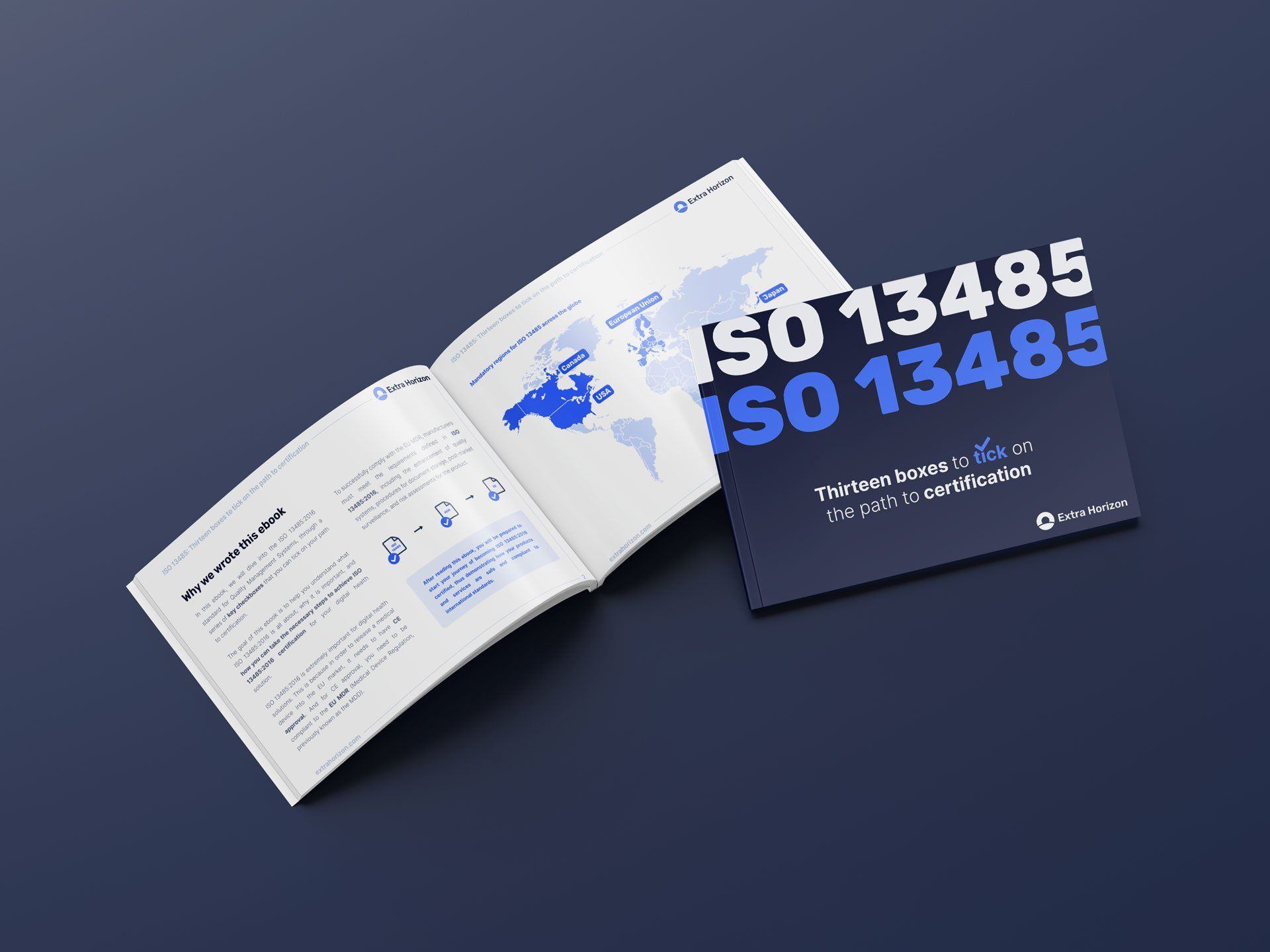To be or not to be a medical device, that is the question...
A few weeks ago, I was at an event filled with ambitious health entrepreneurs and health professionals. Bright people, with very interesting stories to tell. During the several keynote sessions, it became clear that preventive medical apps are becoming increasingly popular and gaining a lot of traction in the medical space.
And this got me thinking. Preventive applications are often not required to go through the stringent regulatory requirements that classical medical devices need to go through in order to get into the market. I’m a strong believer in the fact that to prevent is always better than to cure. But, I also think in the interest of patient safety, we should not lose the reins on regulating preventive medical applications.
The issue with not regulating preventive medical apps
Subscribing to a preventive medical app will always be cheaper than traditional healthcare services, as you are able to monitor and track your health from your phone and other devices, instead of having to visit a doctor or other healthcare professional and paying a lot more for a consultation.
On the surface, the idea of using preventive medical apps is a very positive one. You are actively looking into improving your health by following the guidance of the app. However, you are also trusting your future health in apps that are often not as regulated as you, as a user, might expect. As long as the algorithms and instructions present in the app are of very high quality, and created by bright and wonderful people, all is well. But what if this is not the case? What if the instructions you are following turn out to be less effective, or even wrong, in the end? I’m not stating that creators or preventive health applications should be held accountable, but I am arguing that even preventive medical applications should be regulated a tad more in order to prevent incorrect prevention.

How the FDA is already improving this situation
Given the rather slow European decision-making process in this regard, it is important to look across the pond. In this context, on the 27th of September 2022, the FDA published a particularly interesting document called the Guidance for Industry and Food and Drug Administration Staff. In the first condition of this document, they seem to exclude many digital health solutions from escaping the strict medical device regulations. They pose the question: is my software function acquiring, processing, or analysing medical images, signals, or patterns? If the answer is yes, you will be subjected to FDA oversight, which is not necessarily a bad thing.

How to move forward
Moving forward on this matter should have two common goals in mind: patient (or user) safety and long-term patient well-being. Even though many people will keep relying on preventive medical apps (which is great), I strongly feel that a better-regulated framework could improve patients’ lives tremendously. Yes, this will mean that these kinds of medical apps will have a more difficult time entering the market, but this will also mean that when they do get into the market, their preventive solutions are of much higher quality by meeting the regulation standards, which is something we should always strive for in the digital health space.
If you are planning on building your digital medical application from scratch, all by yourself, it might be a good idea to consider building it with a medical Backend-as-a-Service like our own. Find out more here.
RECENT POSTS

FREE EBOOKS
GOT QUESTIONS?


